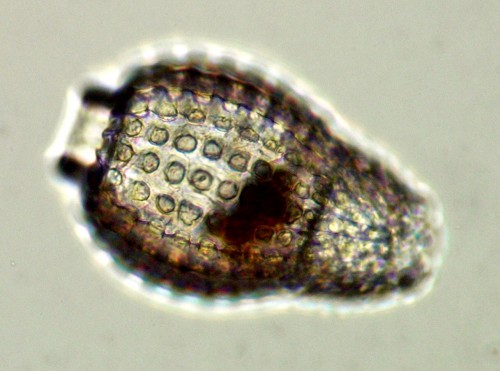
Radiolaria are unicellular microorganisms widely distributed in the oceans. Their siliceous skeletons consists of connected arrays of tubular struts forming a great variety of shells, often with a hexagonal structuring on their surfaces. Radiolaria can range from 30 microns to 2 mm in diameter and are often spherical. The formation of their hexagonally structured skeletons is due to the deposition of inorganic material at the intersections of close packed vesicles. Here’s what Ernst Haeckel wrote on radiolaria’s geometrical morphology:
”The Significance of the Skeleton.-The skeleton of the Radiolaria is developed in such exceedingly manifold and various shapes, and exhibits at the same time such wonderful regularity and delicacy in its adjustments, that in both these respects the present group of Protista excels all other classes of the organic world. For, in spite of the fact that the Radiolarian organism always remains merely a single cell, it shows the potentiality of the highest complexity to which the process of skeleton formation can be brought by a single cell. All that has been brought to pass in this direction by single tissue-cells of animals and plants does not attain the extremely high stage of development of the Radiolaria.”
Ernst Haeckel
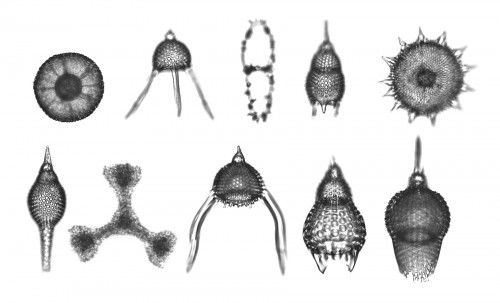
Classification of radiolaria is based on the architectural diversity of their skeletons .

Radiolaria have been inspiring architects and engineers ever since they were discovered. According to some sources the french structural innovator Le Ricolais had in 1940 proposed spherical-shell structures based on the design of radiolaria triangulated networks- proposal that anticipated Fuller’s geodesic dome. New technologies available nowadays allow a much deeper structural analysis, infinite possibilities for experimentation and rapid prototyping. These are the driving forces that made possible the realisation of Radiolaria Pavilion– designed by Shiro Studio in collaborated with D-Shape. What is shown bellow is a scale model of a final 10-metre tall pavilion to be built in Italy in 2010. The pavillion is a complex, free-form structure produced using the world’s largest 3D printer. Measuring 3 x 3 x 3 metres, it demonstrate the capabilities of this innovative technology.
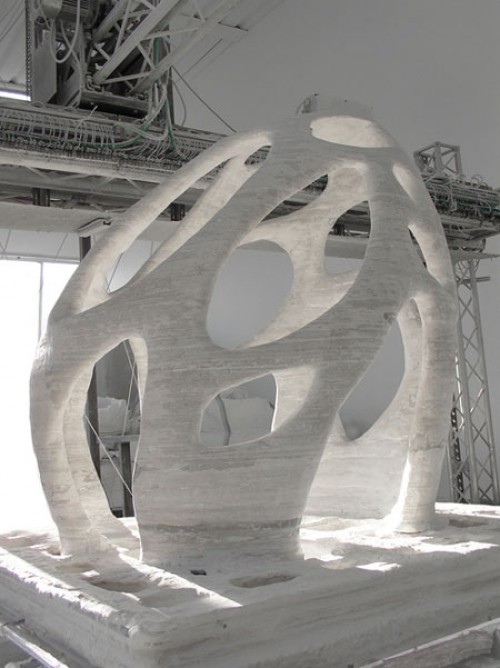

ILHOONROH designs- also inspired by radiolaria structures:
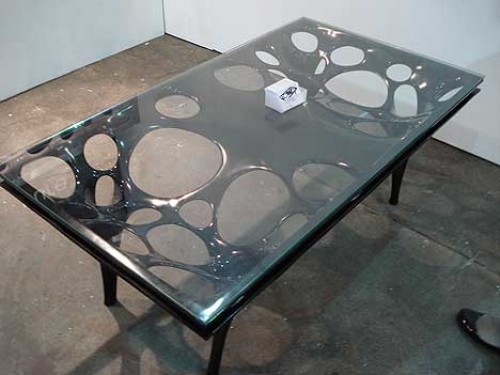
– Fabric Table R (Table Radiolaria)
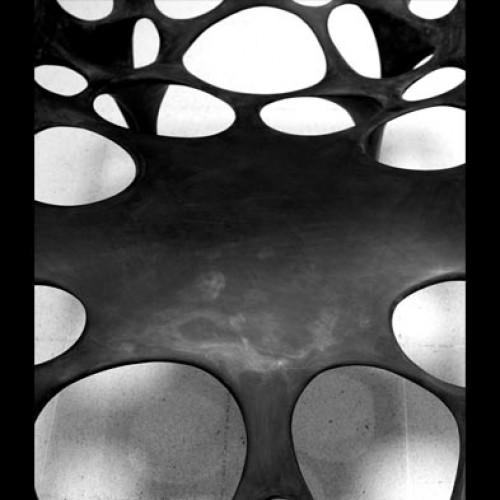
You can learn more about radiolaria here.
Another interesting research on radiolaria on Maria Vera’s blog .


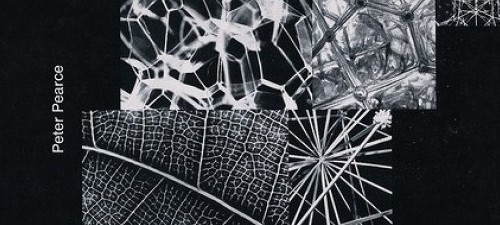
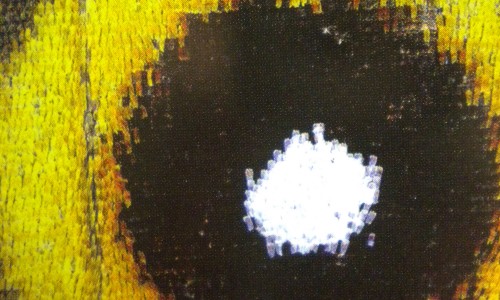
С малко шеговит среднощен привкус:
“Деликатната им стуктура и архитектурата на скелета са основни критерии при класификацията на тези организми”, а именно:
ирис; тринога; барбарон; фасетки на муха- самурай:))) ; слънчоглед;
спиртомер в обвивка; знак за радиация; пергел; бръмбар, погълнал ел.крушка и медуза, правеща се сполучливо на коледна играчка 🙂
п.с. ако случайно още не е станало ясно за какво, по дяволите приказвам, погледнете малко по нагоре графичното представяне на РАДИолариите 😉
хубава статия 🙂
п.с.2: моля за снизхождение към правописа ми: 3 часа посред нощ е, все пак… 😉
😉
Its absolutely amazing. How can I say what I am when I (made up of all these cells, living beings) and the world with all its splendor casts such wonders as this? I do not know what I am beyond the stories of man.
Thank you
Hey guys can I ask if anyone have the grasshopper script for this project.
No. We are not aware of any gh definitions of that project.